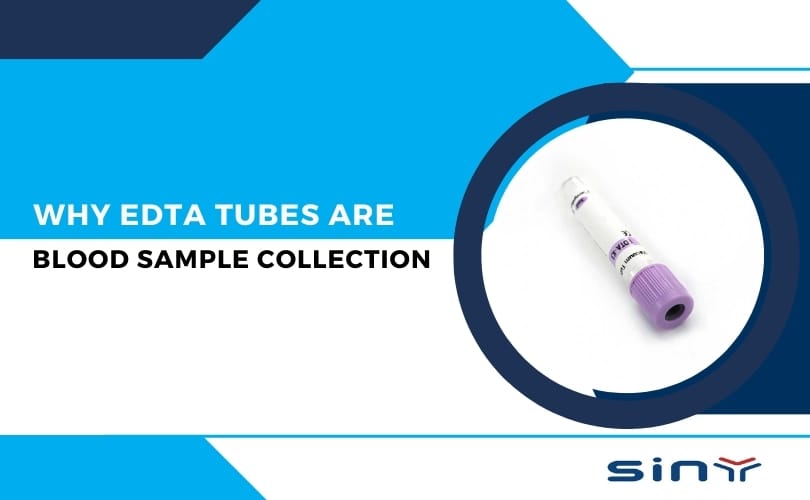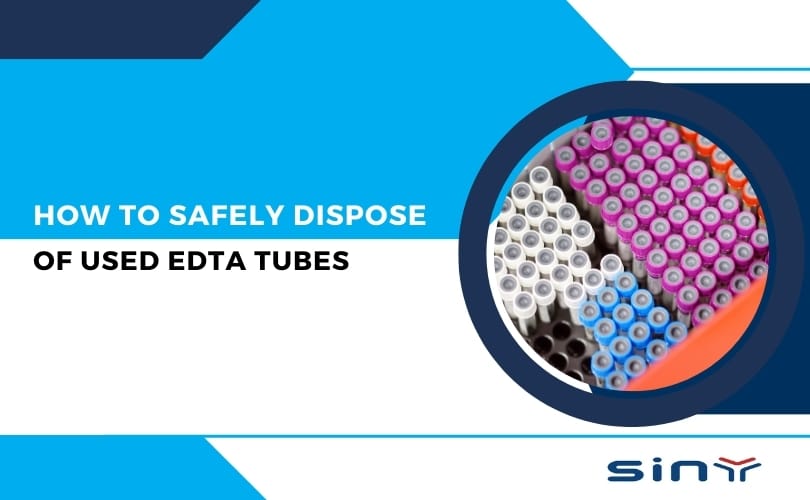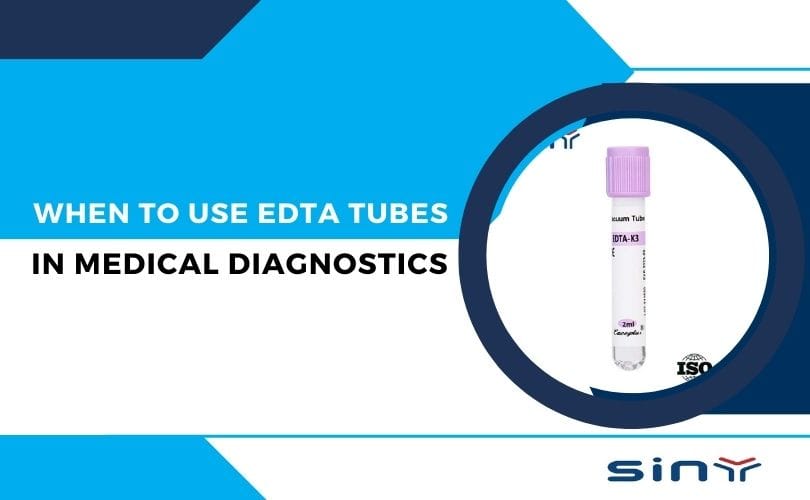EDTA tubes, which contain ethylenediaminetetraacetic acid (EDTA), are critical tools in modern medical diagnostics. Their primary function is to prevent blood coagulation, making them indispensable for various laboratory tests.
EDTA tubes, which contain ethylenediaminetetraacetic acid, have become a cornerstone in this process due to their unique properties that prevent blood coagulation. This document explores the significance of EDTA tubes in blood sample collection, their benefits, and why they are a preferred choice in laboratories and healthcare settings.
Understanding EDTA Tubes
EDTA tubes are specialized containers used for blood sample collection. The primary function of EDTA is to act as an anticoagulant, which means it prevents the blood from clotting. This is crucial for various laboratory tests, particularly those that require whole blood or plasma for accurate results. The use of EDTA tubes ensures that the blood remains in a liquid state, allowing for precise analysis of blood components.
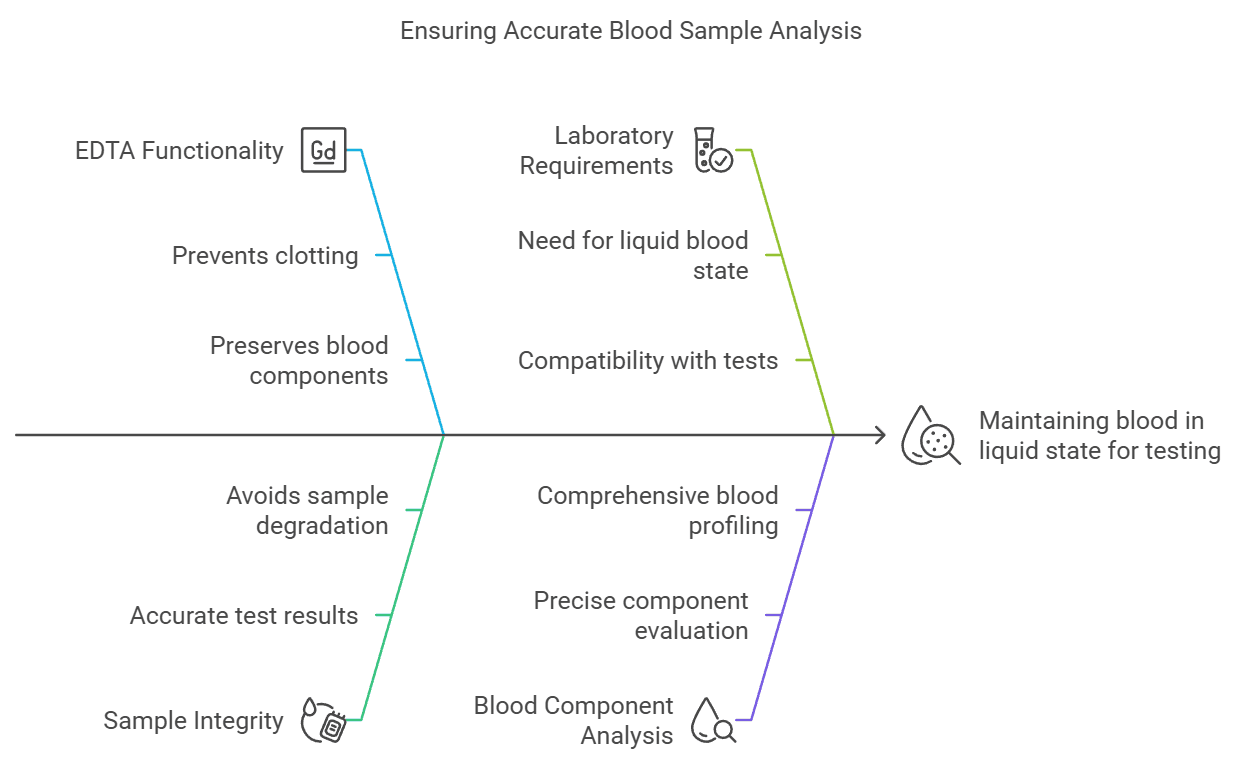
What Are EDTA Tubes and How Do They Work?
EDTA (ethylenediaminetetraacetic acid) tubes are specialized blood collection tubes that contain an anticoagulant agent – EDTA. This compound prevents blood samples. The text prevents clotting by binding to calcium ions, which are essential for the clotting process.
Here’s why EDTA tubes stand out:
- Anticoagulant Properties: The EDTA additive ensures blood remains in its original state, making it easier to analyze various parameters, such as red and white blood cell counts.
- Preservation of Blood Cells: Unlike other anticoagulants, EDTA does not alter the morphology (structure) of blood cells, ensuring accurate test results.
- Ease of Use: The design and labelling of EDTA tubes allow for seamless handling and compatibility with automated blood analyzers.
Benefits of Using EDTA Tubes in Blood Sample Collection
Healthcare professionals across the globe rely using EDTA tubes for a reason. They offer a range of benefits, including:
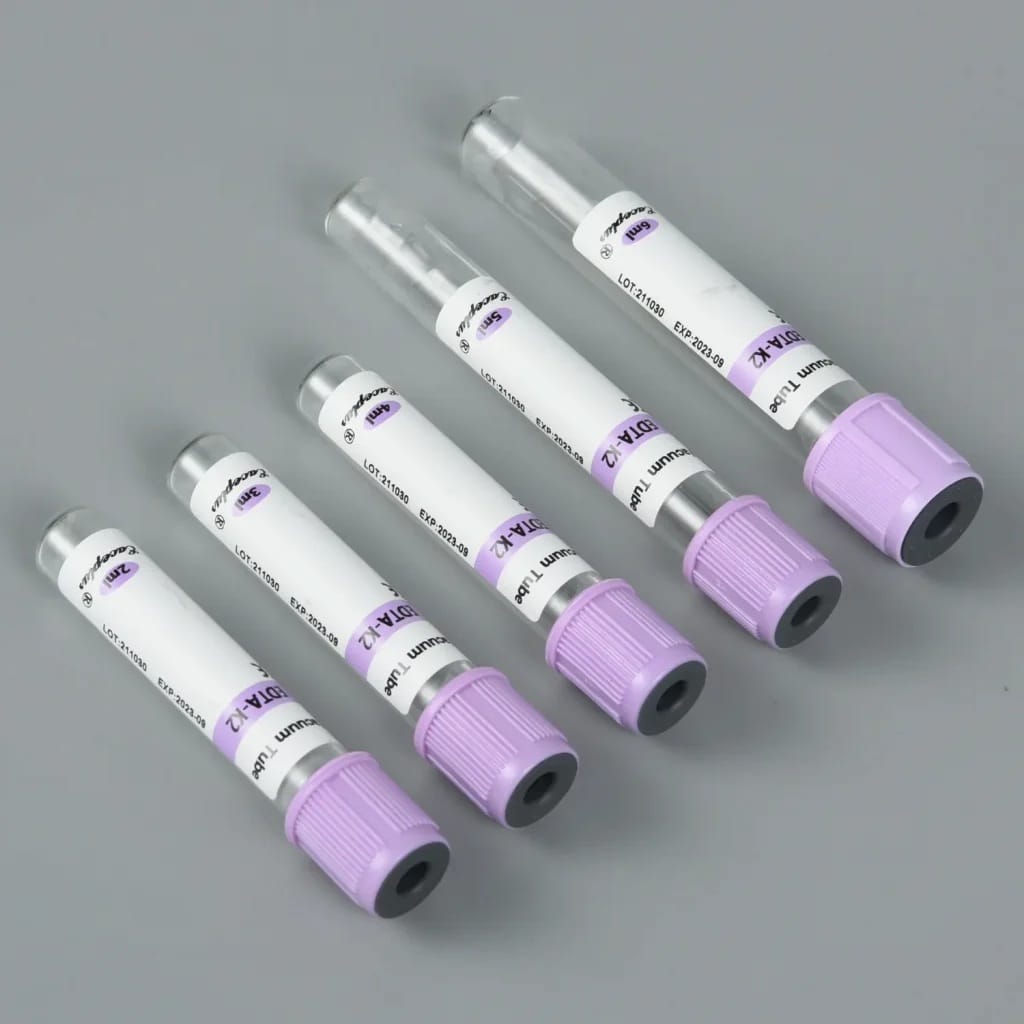
Accurate Hematological Analysis
When testing for complete blood count (CBC) and differential leukocyte count, maintaining the integrity of blood cells is crucial. EDTA ensures:
- White blood cells (WBCs) and red blood cells (RBCs) remain intact.
- Platelet aggregation is prevented.
This accuracy is vital in diagnosing conditions like anemia, infections, and leukemia.
Minimal Risk of Clotting
Clotting can render blood samples useless for specific tests. EDTA ensures the blood stays fluid, even during transportation or storage.
Versatility in Testing
EDTA tubes are not just limited to CBC testing. They’re also used in molecular biology, immunology, and virology to analyze blood proteins, DNA, and RNA.
Reduced Sample Rejections
Labs often reject clotted or hemolyzed samples. Using EDTA tubes minimizes this risk, saving time and resources.
Importance of EDTA in Blood Collection
- Prevention of Coagulation: The primary role of EDTA is to bind calcium ions in the blood, which are essential for the clotting process. By chelating these ions, EDTA effectively prevents clot formation, ensuring that the sample can be analyzed without interference from clots.
- Stability of Blood Components: EDTA tubes help maintain the integrity of blood components for a longer duration. This is particularly important for tests that require the evaluation of cellular elements, such as complete blood counts (CBC) and blood smears.
- Versatility in Testing: EDTA tubes are suitable for a wide range of laboratory tests, including hematology, blood typing, and molecular diagnostics. Their versatility makes them a go-to choice for many healthcare providers.
- Ease of Use: The design of EDTA tubes allows for straightforward blood collection. They are typically colour-coded (lavender or purple) to indicate their anticoagulant properties, making them easily identifiable in clinical settings.
Applications of EDTA Tubes in Healthcare
EDTA tubes for blood collections have become indispensable in various medical and laboratory settings. Here are some of their most common applications:
Complete Blood Count (CBC)
A CBC is one of the most frequently performed blood tests, and EDTA tubes are the gold standard for this procedure. They allow for a detailed analysis of blood cells, helping doctors diagnose and monitor numerous conditions.
Genetic and Molecular Testing
In research and diagnostics, EDTA tubes are used to preserve DNA and RNA integrity, ensuring reliable results in genetic and molecular studies.
Blood Typing and Crossmatching
When preparing for blood transfusions, EDTA tubes are crucial in determining blood groups and compatibility.
Infectious Disease Testing
From viral load testing to identifying pathogens, EDTA tubes provide consistent and reliable samples for diagnostic purposes.
Why Choose High-Quality EDTA Tubes?
Not all EDTA tubes are created equal. Inferior products can compromise sample quality and affect test accuracy. Brands like Siny Medical and EDTA Tube are trusted names in the healthcare industry, offering premium EDTA tubes designed for precision and reliability.
Features of High-Quality EDTA Tubes:
- Leak-proof Design: Prevents contamination during transport.
- Accurate Additive Concentration: Ensures consistent performance.
- Durable Materials: Withstand handling without breakage or leakage.
- International Standards Compliance: Certified for safety and quality assurance.
For reliable and affordable EDTA tubes, visit Siny Medical’s EDTA Tube Collection or explore the latest products at EDTA Tube.
Conclusion
EDTA tubes play a vital role in the collection and analysis of blood samples. Their ability to prevent coagulation, maintain the stability of blood components, and facilitate a wide range of tests makes them indispensable in medical laboratories. For healthcare providers and laboratories seeking reliable Blood Sample Collections solutions, EDTA tubes from reputable brands like Siny Medical are an excellent choice. To explore a variety of EDTA tubes and their specifications, visit EDTA Tube.
In summary, the use of EDTA tubes not only enhances the accuracy of blood tests but also contributes to better patient outcomes by ensuring that healthcare professionals have access to high-quality, reliable test results.
FAQs EDTA Tubes
Why are EDTA tubes preferred over other anticoagulant tubes?
EDTA preserves the shape and structure of blood cells better than other anticoagulants, making it the preferred choice for hematology tests.
Can EDTA tubes be reused?
No, EDTA tubes are single-use only. Reusing them can lead to contamination and inaccurate results.
Are there any risks associated with EDTA tubes?
When used correctly, EDTA tubes pose no risk. However, improper handling or storage can compromise sample integrity.
How long can blood be stored in an EDTA tube?
Typically, blood samples can be stored in EDTA tubes for up to 24 hours at room temperature. For more extended storage, refrigeration is recommended.

